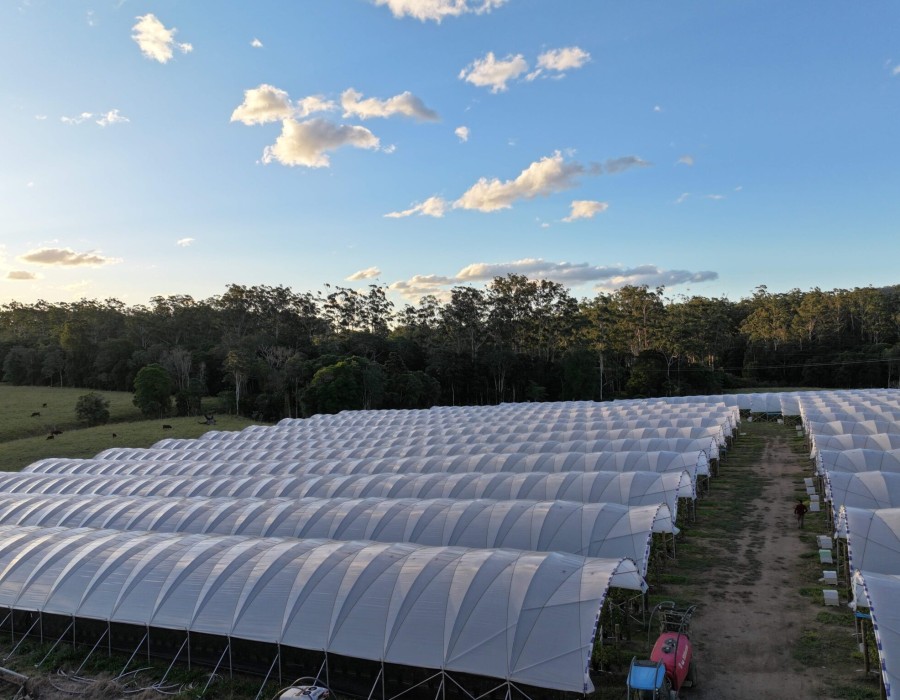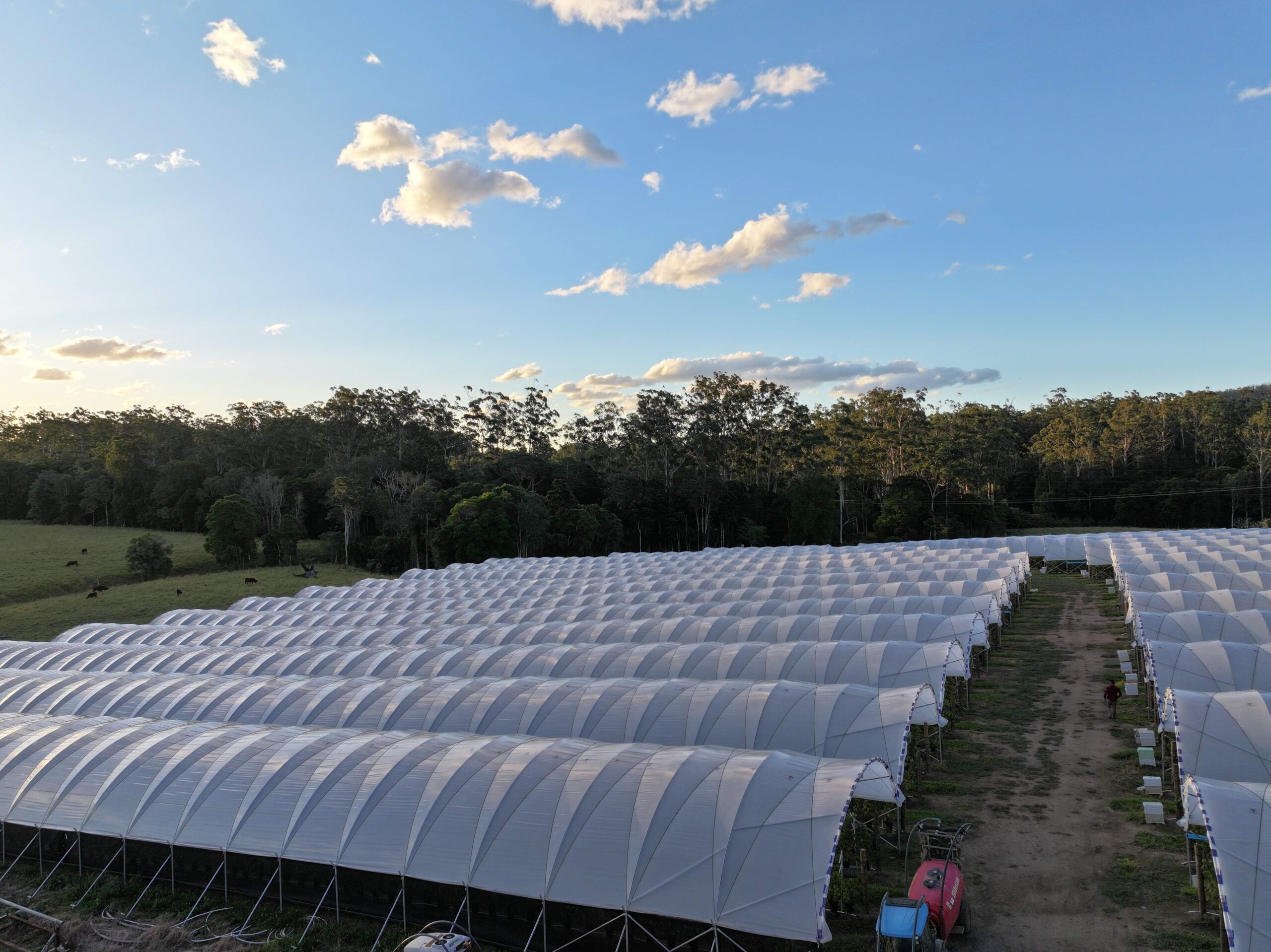Advantages of Plastic Greenhouses
One of the primary reasons plastic greenhouses are favored over traditional glass structures is their affordability. The cost of constructing and maintaining a plastic greenhouse is significantly lower, making it accessible to a broader range of gardening enthusiasts. The materials used in plastic greenhouses, such as polyethylene, polycarbonate, or PVC, are not only cheaper but also lighter, making the installation process easier and less time-consuming.
Another advantage of plastic greenhouses is their durability. Unlike glass, which can easily shatter, plastic materials are resistant to breakage and can withstand harsh weather conditions. This durability ensures that your greenhouse remains intact even during strong winds, heavy rains, or hailstorms. Additionally, many plastic greenhouses are UV-resistant, which means they can endure prolonged exposure to sunlight without degrading, ensuring longevity.
Plastic greenhouses are also highly efficient in retaining heat. The materials used trap heat inside the greenhouse, creating a warm and stable environment that is ideal for plant growth. This feature is particularly beneficial in regions with cold climates, as it extends the growing season and allows for the cultivation of plants that would otherwise struggle to survive in the open air. Furthermore, the insulation provided by plastic greenhouses reduces the need for additional heating, saving energy and lowering operational costs.
Versatility and Flexibility
One of the key features of plastic greenhouses is their versatility. These structures come in various shapes and sizes, allowing gardeners to choose a design that best suits their needs. Whether you have a small backyard or a large farm, there is a plastic greenhouse model that can fit your space and accommodate your gardening requirements.
Plastic greenhouses are also flexible in terms of their usage. They can be used to grow a wide variety of plants, including vegetables, fruits, flowers, and herbs. The controlled environment inside the greenhouse allows gardeners to experiment with different crops and gardening techniques, such as hydroponics or aquaponics. Moreover, plastic greenhouses can be used to start seedlings early in the season, giving plants a head start before being transplanted outdoors.
Another aspect of the flexibility of plastic greenhouses is their mobility. Many plastic greenhouses are designed to be portable, allowing gardeners to relocate them as needed. This is particularly useful for those who may want to change the position of their greenhouse to take advantage of better sunlight or to protect plants from extreme weather conditions.
Environmental Considerations
While plastic greenhouses offer numerous benefits, greenhouse builders it is essential to consider the environmental impact of using plastic materials. The production and disposal of plastic contribute to environmental pollution, and the use of non-biodegradable plastics can have long-lasting effects on the environment. However, many manufacturers are now offering eco-friendly alternatives, such as recyclable plastics or materials made from renewable resources.
To minimize environmental impact, gardeners can opt for greenhouses made from recycled plastics or those designed to have a longer lifespan, reducing the need for frequent replacements. Additionally, proper maintenance and recycling of plastic greenhouse materials can help mitigate their environmental footprint.






Comments